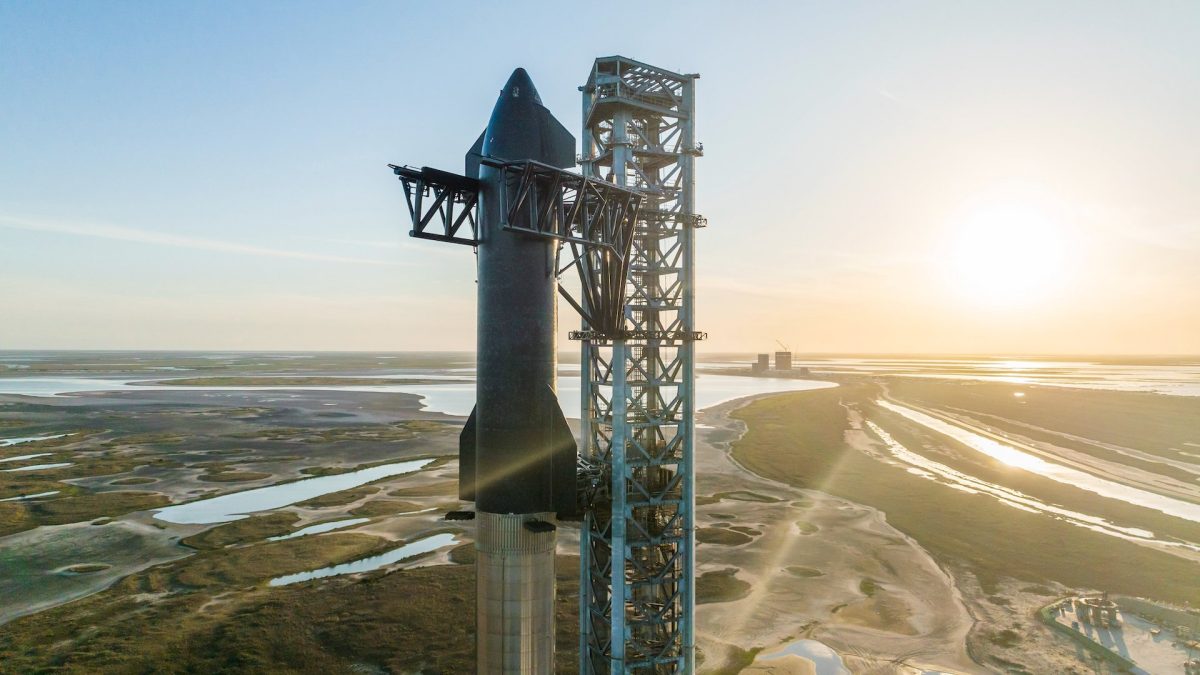The starship program has been largely successful throughout the last few years and it still has an exciting and prosperous future planned for it.
Elon Musk recently announced his plans for the future of Starship, his end goal is to bring Starship to Mars however, to achieve this goal he needs to make more progress on the development of the spacecraft. He announced a new version of the Raptor engine which is going to be even more powerful than the latest and he announced what the Starship V2 would look like, it is a taller and more powerful version with additional cargo space to fit more payload or fuel for its future missions to the moon and Mars.
Starship has also been chosen as a potential lander for the Artemis program. Artemis’s goal is to bring back humans to the moon and help set the foundation for colonization and future travel to Mars. One of the goals of Artemis is to place a space station, the lunar gateway, with which Starship could dock and take astronauts to the lunar surface or even Mars.
The Starship program’s first tests started in 2018 with the Starhopper prototype which performed multiple static fires and two low-altitude flights and paved the way for the technologies featured in the next couple of vehicles. The next flight-worthy ship was Sn5, it was a simpler version of Starship but it successfully conducted a low-altitude flight and a landing. A month later Sn6 repeated this feat with great success. Everything went fine until Sn8, which unfortunately crashed after a failure, this incident was investigated for two months by the FAA because SpaceX had violated its launch license and ignored warnings. After the investigation finished, SpaceX resumed testing with many more prototypes.
On April 20th, 2023 the first integrated flight test with Ship 24 and Booster 7 lifted off successfully, and approximately 3 minutes after launch the vehicle was deliberately destroyed. The second IFT ( integrated flight test) lifted off on November 18th, 2023 with Ship 25 and Booster 9 and it met a similar fate to IFT 1. However, it did make some improvements and got much further in the flight with the second stage, reaching an altitude of around 149km before being terminated with the flight termination system. IFT3 launched on March 14th, 2024 and achieved even higher milestones including a second stage reentry which ended with a complete disintegration of the vehicle also humorously known as “rapid unscheduled disassembly” in the atmosphere. The booster also performed a boost-back burn but failed to land in the Gulf of Mexico due to a too-high-speed collision with the water.
As of May 21st, SpaceX is preparing to launch the next integrated flight test (IFT4), with Ship 29 and Booster 11, and has completed the necessary wet dress rehearsal to prepare for the launch. This flight is set for the end of May or the beginning of June.
The Starship program is a promising hope for spacecraft reusability and for lowering the price of space exploration and space-related activities. With SpaceX’s space programs evolving, space is going to be more and more accessible for regular people and even more affordable for companies which could lead to a much better understanding of the universe and our solar system.







